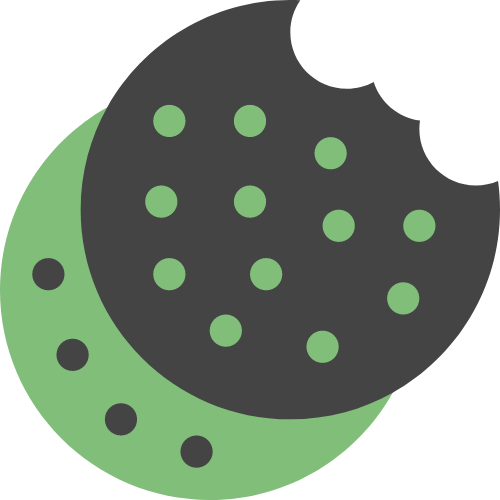Do polyphenols need to be taken with food? The answer depends on the type. Fat-soluble phenols like oleocanthal and hydroxytyrosol in olive oil are best absorbed with meals — especially those containing healthy fats. Water-soluble polyphenols from pomegranate, such as punicalagins, can be taken with or without food, but their transformation into urolithins depends on your gut microbiota .
- Olive polyphenols (e.g., oleacein, oleocanthal): Require fat for optimal absorption — always take with food
- Pomegranate polyphenols: Converted in the colon by microbes — less affected by meal timing
- Micellized curcumin: Pre-digested into bioavailable micelles — food optional, but may reduce nausea if sensitive
If you’re wondering do polyphenols need to be taken with food, consider the compound’s solubility and biological path.
- High-phenolic olive oil: Take during or after meals to ensure proper micellization and absorption
- Pomegranate + micellized curcumin: Can be taken any time, but ideally away from very fatty meals to reduce competition
- Consistency is key — polyphenols act cumulatively over time, so daily timing matters more than exact food pairings
For both energy and inflammation, polyphenol absorption improves when paired with the right digestive context .
When it comes to timing, form and function matter. Do polyphenols need to be taken with food? For some, yes — for others, not always. Adapt your intake to the type and delivery system.
Tip: When in doubt, take olive oil with meals and pomegranate 1–2 hours apart for best microbial conversion.
